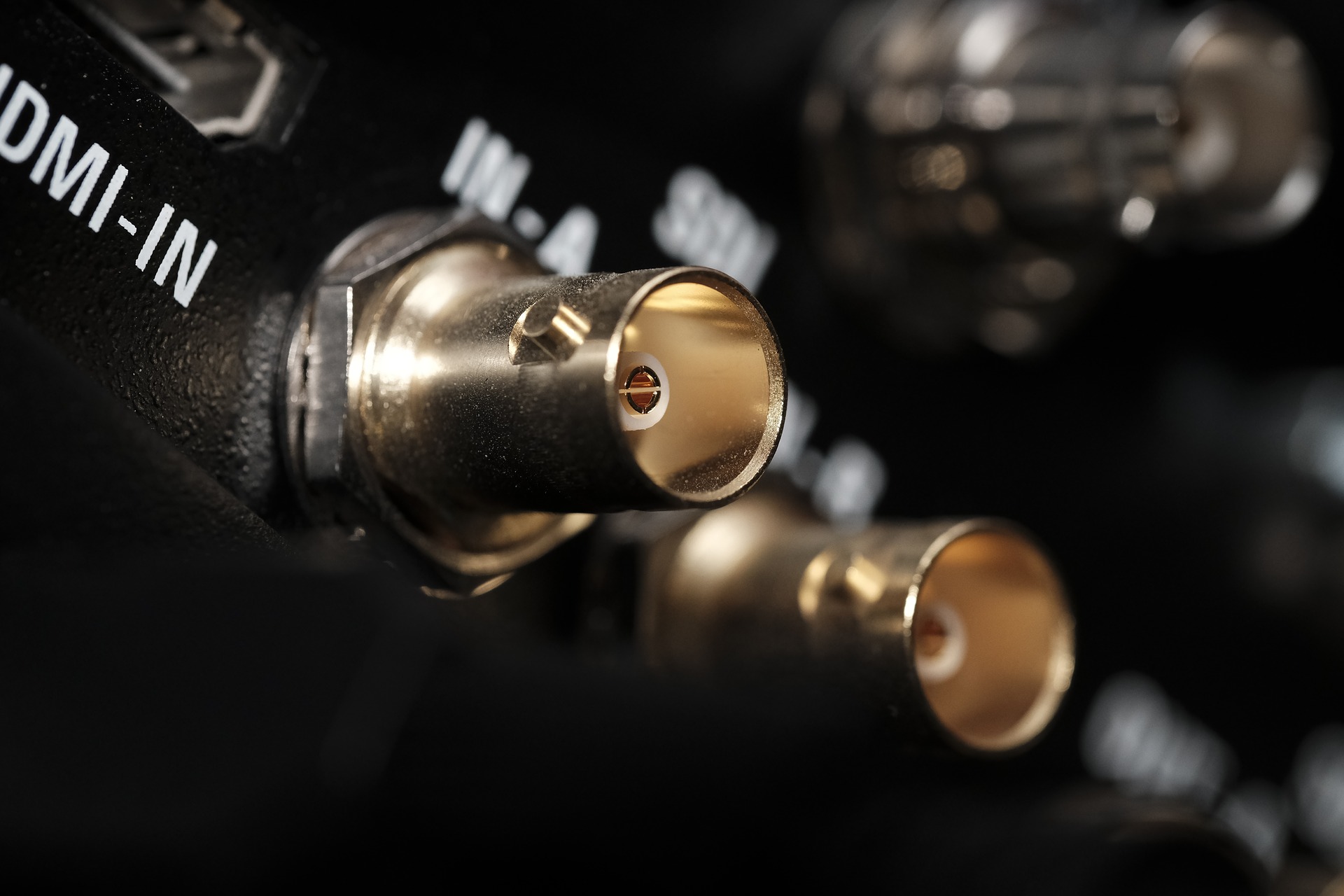Mini LED: Just as good as OLED?
TCL has been using it for a while, Samsung and LG are following suit at CES 2021 – of course, we are talking about the mini LED backlight, which became much more present in 2021. This technology is supposed to significantly improve the picture quality of TVs with LED-LCD panels, so that conventional LED-LCD TVs fall behind. But is that really true, or is it just more of a clever marketing ploy to sell old for new?
How does the mini LED backlight work?
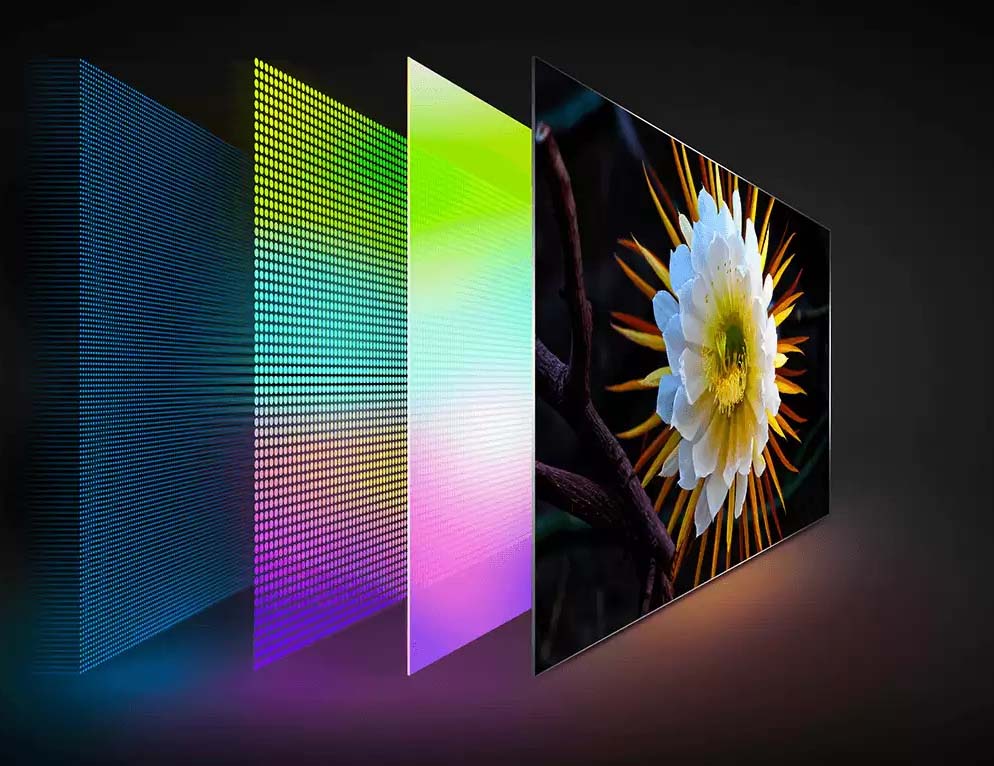
In principle, the functionality of mini LED TVs and conventional LED LCD TVs is pretty much identical.
There is a layer of liquid crystals, which is used to generate the required color tone. However, unlike the organic LEDs of OLEDs, this layer is not self-emissive, so additional lighting is needed behind the liquid crystals so that the otherwise very dark image can be seen properly by the human eye and contrasts can be displayed in the image. This backlight is usually LEDs. There is also a diffuser layer in front of them so that the light beam generated by the LEDs is somewhat dispersed and the individual LEDs are no longer recognizable.
In a TV with mini LED technology, the normal LEDs are replaced by the smaller ones, which can definitely have some advantages. Otherwise, there is no hardware difference between the two technologies.
There is usually some kind of filter in front of the liquid crystal layer so that impurities in the generated color can be filtered out. Different manufacturers have different names for this layer. Among the most famous are Samsung’s Quantum Dot layer, Sony’s Triluminos and LG’s NanoCell technology, which all work in a similar way – but this layer is not absolutely necessary.
Are TVs with mini LEDs always better than TVs with conventional LEDs?

You can’t really say that a TV with mini-LED technology is necessarily better than one without. It depends, as so often, on several factors, so that one TV can produce a better picture quality than another.
First of all, smaller LEDs only mean that there have to be more LEDs in the backlight so that the image can be illuminated equally strongly.
A not uncommon phenomenon of LED-LCD TVs is the dirty screen effect, which is caused by uneven backlighting. Now, if there are more LEDs in a panel, it is unlikely that uneven illumination will occur because the misbehavior of individual diodes will not be as noticeable.
In addition, some other disturbing effects occur less strongly with smaller LEDs. Since individual diodes serve as illumination for a smaller area and thus cause less scattering, deep black areas can be displayed darker, since these areas are then not outshone by adjacent diodes. This means that blooming of bright objects on a dark background can be minimized – but the diodes can only use this advantage when the Full Array Local Dimming feature is also integrated.
This is the case because there are more LEDs in a panel and they can therefore also be divided into more dimming zones. This allows individual objects to be illuminated much more precisely.
In addition, more LEDs have the advantage that a panel can theoretically achieve higher brightness, which can really be an advantage especially for content with High Dynamic Range.
If two TVs have the same number of dimming zones and one TV uses mini LEDs instead of normal ones, the TV with mini-LEDs does not necessarily have to produce a better picture. This is the case because the used local dimming algorithm also plays a role and not all TV manufacturers are on par here.
Which TVs use mini LEDs?
Samsung Neo QLED
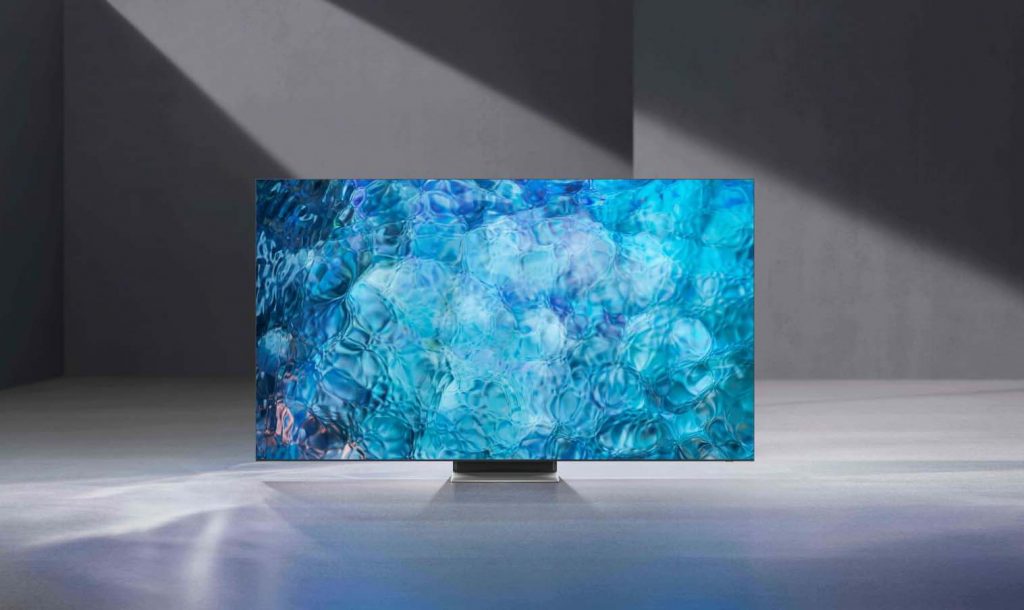
This year, the QLED lineup will see some real innovations with the use of small LEDs. The Neo QLED series, which will replace the higher-priced QLEDs starting with the Q85T, uses mini-LEDs, which are supposed to deliver a real leap in picture quality according to Samsung. However, since the 2021 TVs have not been tested yet, it remains to be seen how far Samsung can keep this promise.
The Q85T was not available in North America, so the Neo QLED lineup is likely to be starting with the QN90A in the US.
However, it seems that all models will be released with Full Array Local Dimming, so that the advantages of the smaller LEDs can really be played out. However, it is not known how many dimming zones the respective TVs will have. Therefore, it is difficult to judge to what extent the smaller LEDs will also result in a better picture quality.
How many dimming zones each TV in the lineup will have is not yet known. However, there is more information about the QN90A, the 4K flagship model. It is supposed to appear in 65 inches with 792 dimming zones, which would mean a massive plus in picture quality.
Impressive is the increase of the backlight’s brightness levels from 10 bits to 12 bits though – which in decimal numbers means an increase from 1024 levels of the luminance scale to 4096 levels.
So if there is material available, or a good upscaling algorithm, which can also use these fine gradations, this would be a massive plus in picture quality, since even in very bright or very dark scenes highlights can be displayed even better – which sounds very exciting, especially in relation to HDR content.
LG QNED mini LED TV
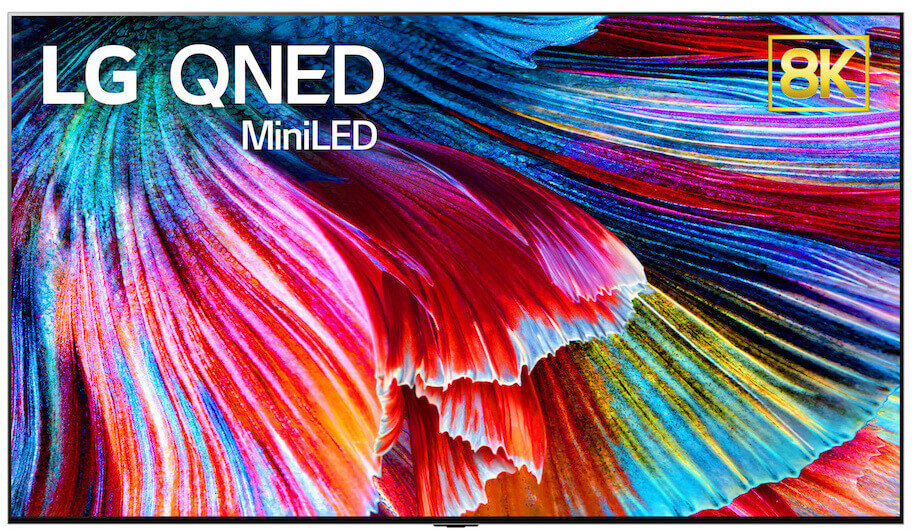
The new QNED mini LED series, which will be launched by LG for the first time in 2021, is somewhat difficult to classify. In LG’s lineup, the three QNED models are positioned between the NanoCell TVs and LG’s OLED series, which is quite intentional on LG’s part, as they don’t want to compete with their own prestigious product, the OLED TV.
LG did not reveal much about the individual variants QNED90, QNED95 and QNED99, but it is known that the QNED90 is a model with a 4K resolution and the QNED95 and QNED99 are 8K models.
The whole thing sounds quite good, but if LG still sticks to IPS panels, like in the NanoCell TVs, this approach from LG sounds more like a more or less clever marketing strategy to make life a bit more difficult for the market leader and thus worst competitor Samsung.
The term QNED, which stands for “Quantum Dot NanoCell LED” at LG, has also been used by Samsung for prototypes with a different technology, which seems to be very promising for the future and even has the reputation of surpassing OLEDs one day.
Samsung’s QNED stands for “quantum nano emitting diode” and does not have much to do with the mini LED. However, LG is now launching “QNEDs” on the market that do not perform as well as OLED TVs, which dilutes the term QNED as the panel technology of the future.
LG’s attempt to register the term QNED as a trademark in the US did not succeed. The reason given by the responsible authority was that it is a general display technology and therefore the name cannot be reserved as a trademark.
TCL – Even more advanced mini LED TVs?
In principle, mini LEDs are nothing too new, even though they are really in the spotlight for the first time this year. The Chinese manufacturer TCL has been producing TVs equipped with the small LEDs since 2018.
So we weren’t too surprised to see TCL present a more advanced mini LED panel at CES this year, as the other manufacturers like LG and Samsung have also jumped on the mini LED train.

To be able to create an even illumination with mini LEDs, their light must be made more diffuse in an additional layer. Otherwise, the individual LEDs could be seen very clearly through the LCD layer and the image would give a dotted impression.
In order to achieve this effect, a certain distance normally has to be maintained between the LED backlight and the diffuser layer. However, TCL has found a way to bypass this necessary distance, which allows the TVs to become considerably narrower.
The new “OD Zero” layer is to be integrated in the flagship model, the X925 Pro, which is an 8K TV.
However, you should keep in mind that some TCL TVs have been using mini LEDs for a longer time and still did not really stand out from the crowd.
Mini LED or OLED – which is better?
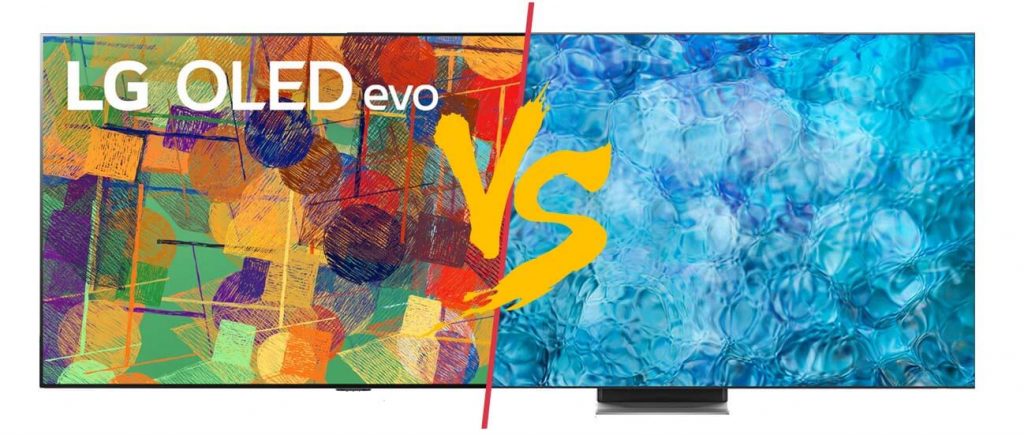
But now we turn to the really interesting question: Can mini LED TVs outstrip OLEDs? There is a study by UBI, a market research company from Korea, which says that Mini LED will gain the larger market share in the high-end TV segment by 2024. However, the source makes some assumptions that do not seem quite understandable at first – but the study is nevertheless an indicator that the new technology could be dangerous for OLEDs.
Of course, both technologies have their advantages and disadvantages, not even the most ardent advocates of the respective technology deny that. However, it often depends on many factors to say which technology is better than the other.
When you look at the home theater sector, OLED TVs still appear to be the TVs with the most sophisticated technology. Here, the advantages of the perfect blacks and the theoretically infinitely high contrast ratio can be played out excellently, so that the picture remains unchallenged in a home theater environment.
Furthermore, the response time of all OLED TVs is so low and cannot be matched by LED and mini LED TVs, which results in excellent motion handling.
Nevertheless, OLED TVs also have disadvantages that cannot be neglected. Even if new OLED panels appear this year, which either have a more effective heat dissipation like the JZW2004 and the Sony A90J, or have a different organic LED layer like the LG G1, LED-LCD TVs can still become brighter – but this is only the case with absolute top products. Burn-in is still possible, at least in theory, and an Automatic Brightness Limiter is also still a necessary protection mechanism that slightly affects the picture quality in large bright scenes.
Besides that, TVs with a Quantum Dot layer have an extremely accurate color space coverage, which is not yet used for OLEDs at the moment. However, this layer could also be used in OLED TVs in the future.
Conclusion Mini LED vs. OLED
According to our opinion, the advantages of OLED TVs still outweigh the disadvantages in home theaters. Only in very bright surroundings can conventional LED-LCD TVs hold a candle to them, but this advantage can usually be compensated for by a curtain in front of a sunlit window.
How far the new mini LED TVs from Samsung, LG and TCL could show a better performance and become dangerous for OLEDs is of course still an estimation, since the devices could not be tested yet. However, even the 2021 mini LED TVs do not seem to be able to break the OLED dominance.




